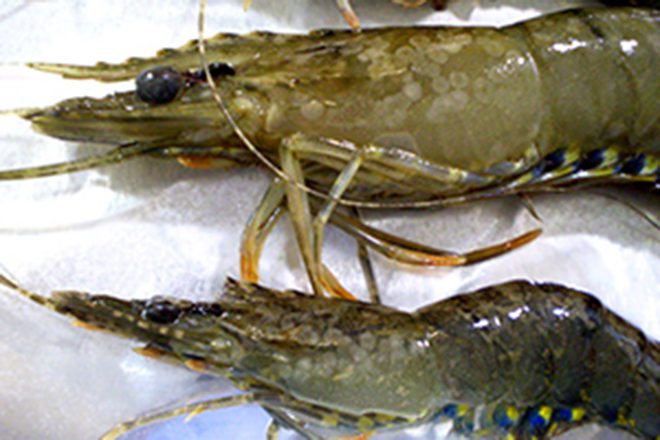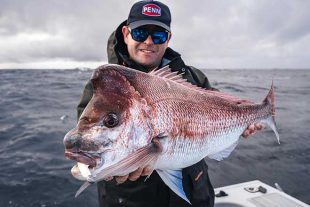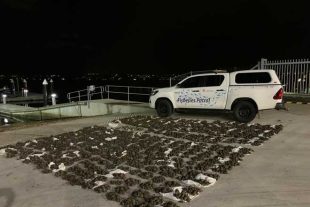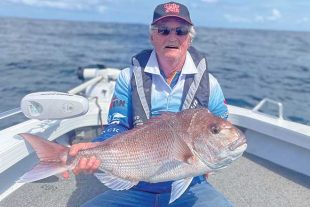NSW Department of Primary Industries (DPI) has extended a biosecurity control order until 14 June 2023 to minimise White Spot risks in the Clarence River estuary.
NSW Chief Veterinary Officer, Sarah Britton, said the extended control order supports risk management activities, which underpin the continuation of trade in NSW and other parts of Australia.
“Input from industry and key stakeholders is informing the development of ongoing biosecurity control measures,” Dr Britton said.
“NSW DPI is exploring biosecurity management options, including an ongoing surveillance program and zoning options, supported by stakeholder feedback and a cost benefit analysis.”
The national Aquatic Consultative Committee on Emergency Animal Disease (AqCCEAD) is providing technical advice and supporting NSW DPI, who leads the White Spot response.
On-farm White Spot eradication at two northern NSW prawn farms is entering the final decontamination stage, following the completion of harvesting and destruction actions.
Chlorine is recommended by the Australian Aquatic Veterinary Emergency Plan (AQUAVETPLAN) and is the preferred method for decontamination of prawn farm water.
Use of chlorine assures NSW’s trading partners that decontamination procedures follow the agreed national strategy for on-farm eradication of White Spot.
The NSW Environment Protection Authority (EPA) is providing NSW DPI with technical advice and will ensure that any discharge from the farms meet defined water quality criteria, before water can be safely released into the environment.
White Spot poses no threat to human health and NSW prawns remain safe for human consumption. NSW prawns are available from local seafood suppliers.
White Spot is a highly contagious viral infection which affects crustaceans and can cause major mortalities in farmed prawns.
More information is available from NSW DPI, https://www.dpi.nsw.gov.au/fishing/aquatic-biosecurity/pests-diseases/animal-health/aquaculture/white-spot
 Bush ‘n Beach Fishing Magazine Location reports & tips for fishing, boating, camping, kayaking, 4WDing in Queensland and Northern NSW
Bush ‘n Beach Fishing Magazine Location reports & tips for fishing, boating, camping, kayaking, 4WDing in Queensland and Northern NSW









